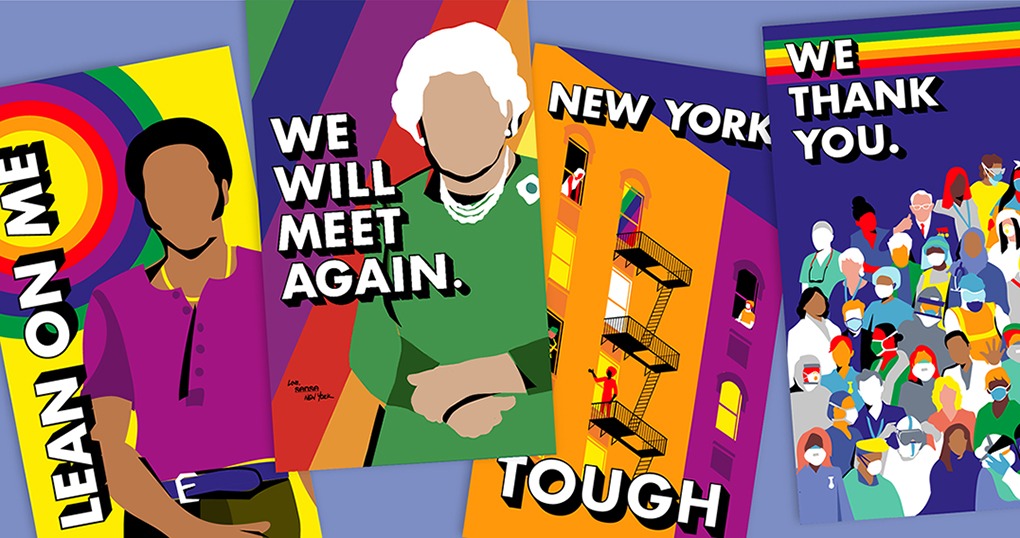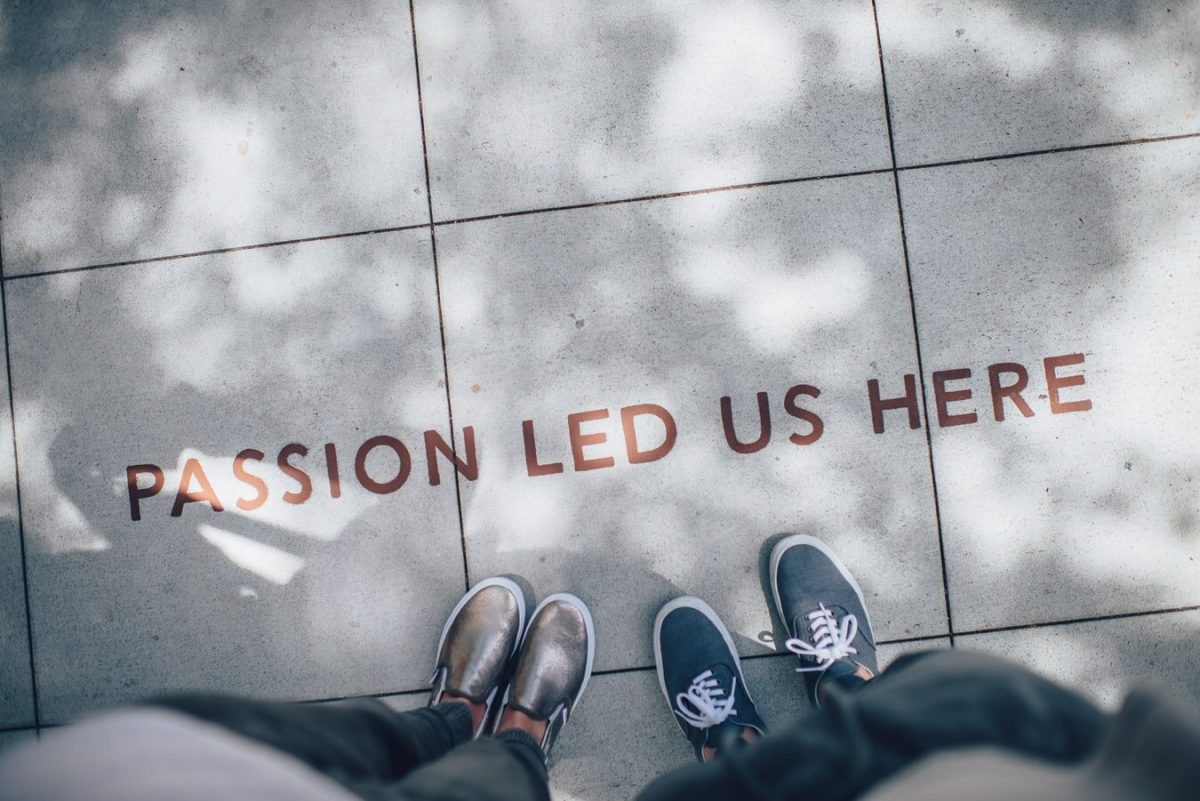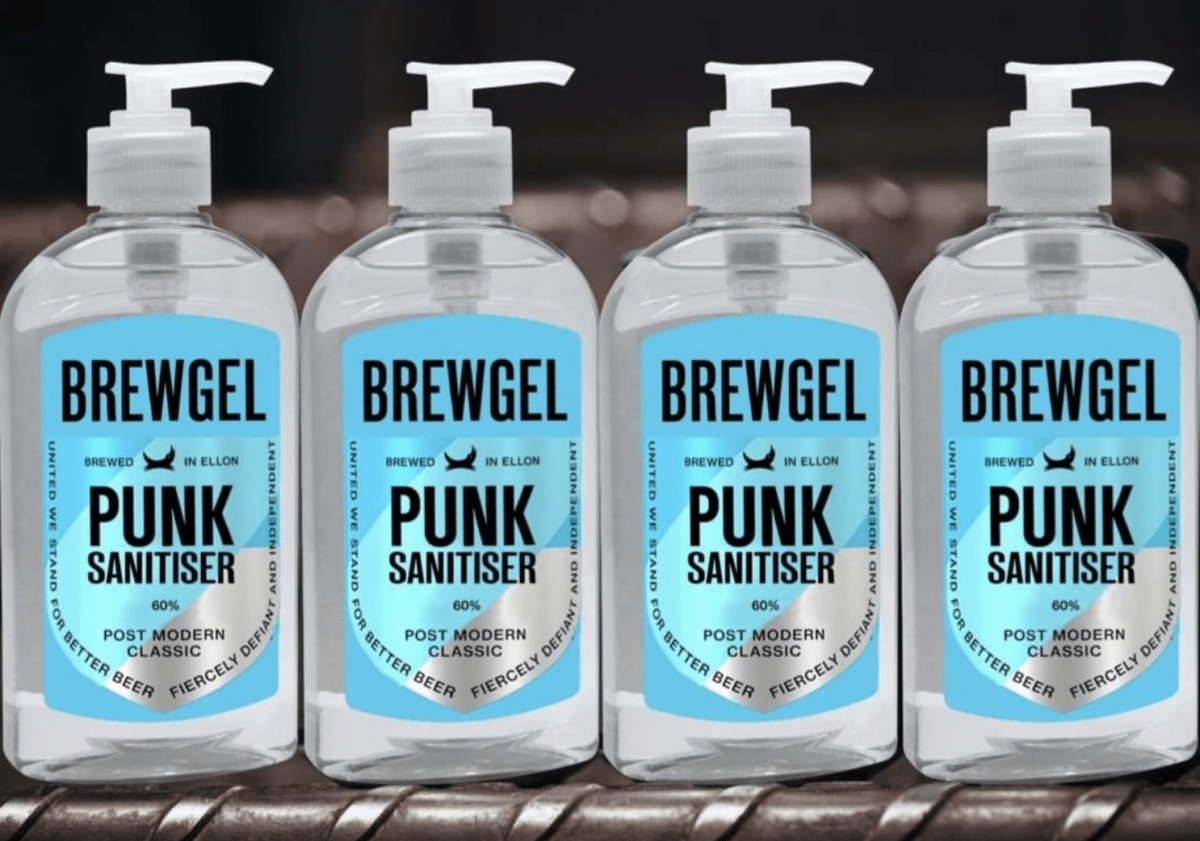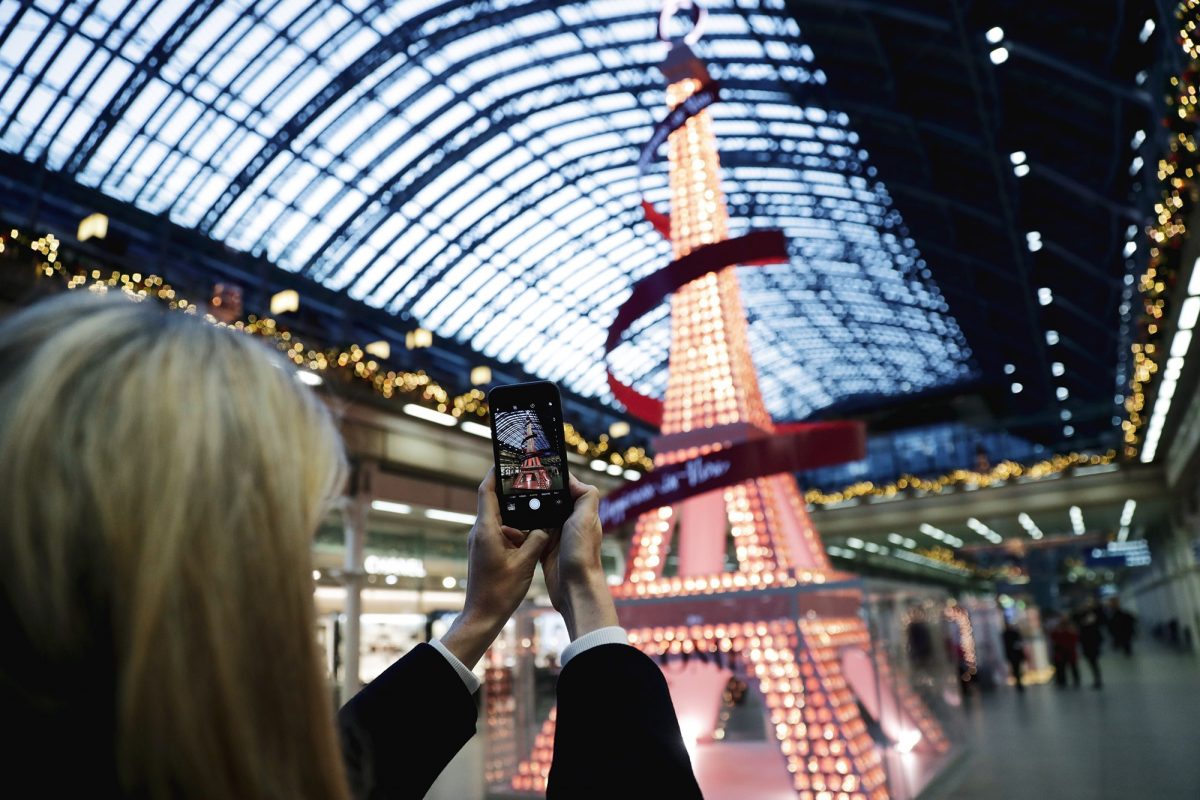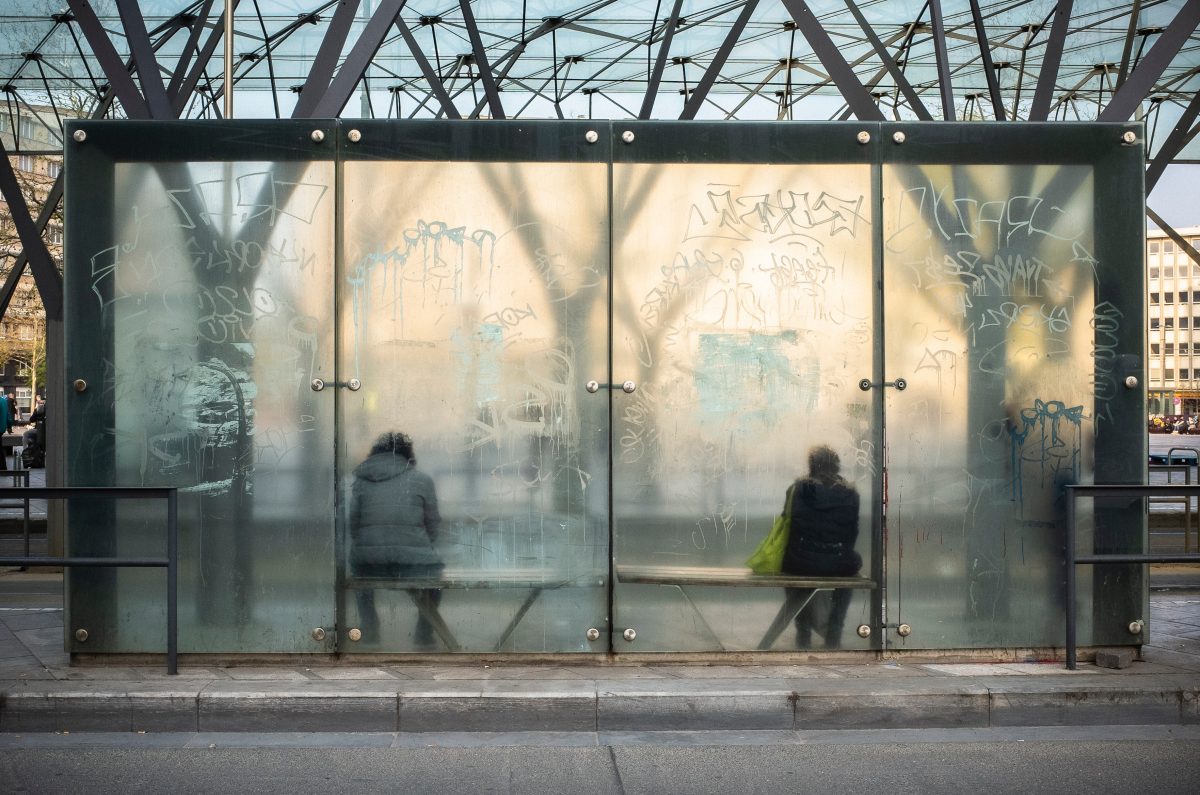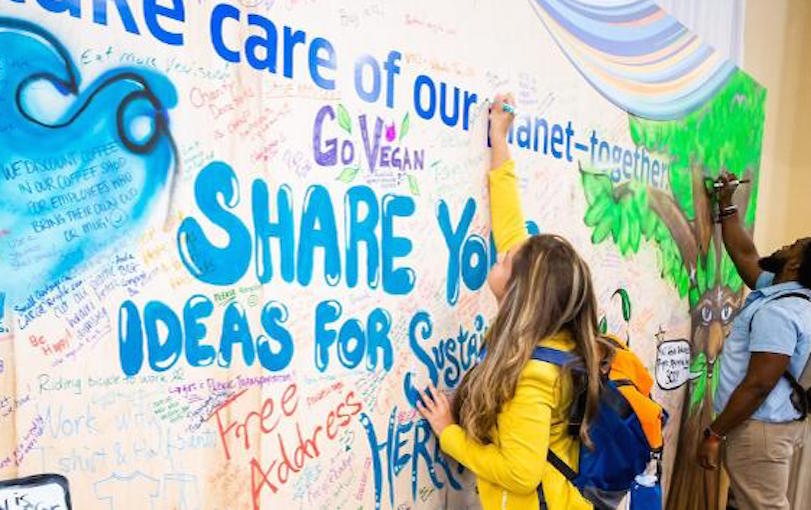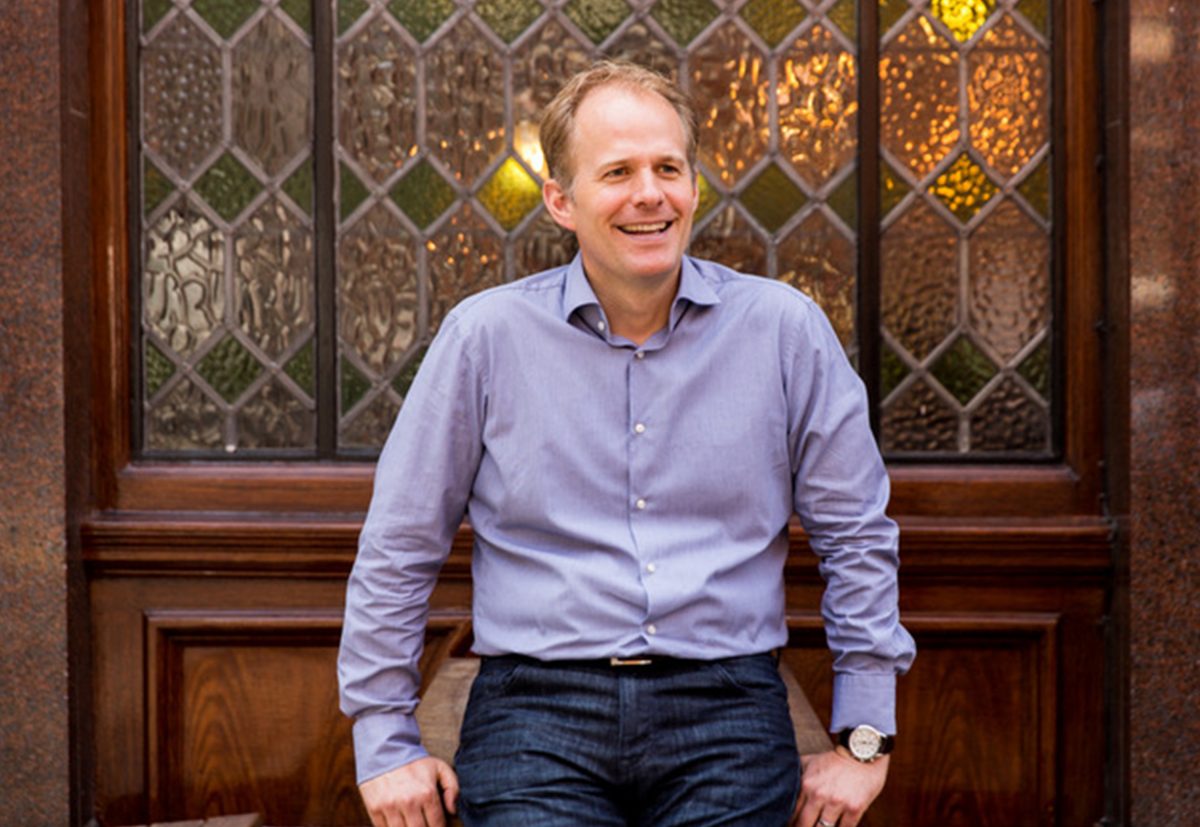Running a successful experiential marketing campaign takes planning and processes, as well as preparing for the unexpected.
We’ve learned this the hard way from our 15 years on the front lines here at Sense. As with all marketing campaigns, your experiential goals should align with your wider brand and business objectives. So, to maximise your campaign’s consistency and impact, you’ll need an agreed process that your whole team can work through together.
Experiential marketing campaigns are different to traditional campaigns in that they always involve an element of direct customer interaction. This needs to be built into your campaign process from the strategy stage, because it’s often at the heart of the campaign itself. Every experience is different, but here are six fundamental and future-proof steps to make sure your experiential marketing campaigns have maximum impact.
1. Understand your goals
First, it’s a case of scrutinising the brief and working out the best team to deliver the campaign. What special creative skills and experience does it demand?
Once an initial team of account handlers, planners, creatives, production, and staffing personnel has been formed, it’s time to sit everyone down and go through the brief thoroughly. This is the time to work out what the brand requires, identifying critical areas. It’s also the time to question the client and partner agencies for any areas that need clarifying, and get any additional information. Goals are the grounding for every great campaign. We’ve waxed lyrical about them here, so have a read before getting creative.
2. Creative, strategic planning and budget harmony!
With your brief on the table and your team in place, you’ll need to work with everyone to build an exciting creative concept backed with a solid strategy, and all within budget – easy, right?
Your planners should work alongside creative and production to dig into consumer insights and build concepts. Alongside this, you’ll need to establish the cost of the experiential marketing execution, taking all elements into account. The live part of the experiential campaign means there’ll be one or more events to organise, possibly a tour. This needs to be costed as accurately as possible, along with internal resources, developing and producing the creative, production requirements and supporting staffing. And all while staying true to the brand’s goals. Carefully sourcing suppliers with the right skills and experience is vital, as well as negotiating the best deal.
If your client has set a budget in the brief, how does your estimated figure compare? If it’s higher than specified, look for ways to reduce costs without impacting the effectiveness of the campaign.
If you feel that the campaign ROI could be compromised by the budget, it’s important to make this clear to your client.
Key to this is the brief response…
3. Get campaign sign off
With the campaign planned and an initial budget calculated, it’s time to present your creative ideas. For many, this is one of the highlights and “big buzzes” of agency life. It’s arguably even more exciting with experiential marketing, as there’s more theatre involved.
Your pitch shouldn’t focus solely on the campaign, but rather how the activation will achieve the goals and objectives while staying true to the product, company, and brand. You need to give the client the confidence that consumers will get an accurate brand experience, because no other type of campaign has such a personal touch.
Be as transparent as possible and invite feedback. An open and honest discussion at this stage is vital to managing expectations and agreeing on an accurate budget.
A pitch should inspire and motivate while highlighting your true understanding of the brand. After all, if an agency can’t engage a client at this point, how will the campaign engage the target audience once it’s live?
4. Plan and prepare the activation
There could be a little back-and-forth after presenting the brief response, but once the client’s happy with the proposal, it’s time to flesh it out. This involves working closely with your team and your chosen suppliers to formulate the full-timing plans and get the financials nailed down.
Designing and making the key physical creative elements of the campaign can take the longest time, so this needs to be up and running as soon as possible.
Recruiting appropriate brand ambassadors is also vital. Rather than simply pulling them from an existing ‘staffing pool’, it’s best to source them specifically to meet the requirements of the campaign, so they perfectly reflect the brand. Your chosen team of brand ambassadors and influencers then needs to be thoroughly trained.
The location should be carefully selected to enable the activation to engage with the target audience and bring the experiential concept to life. If this is a tour, the logistics must be planned out and booked.
This stage can take anything from three weeks for a tight turnaround on a sampling campaign, to up to six months when planning a roadshow or live event. PR stunts and integrated campaigns involving other disciplines are more complex so demand more time to align strategies.
5. Go live!
No other type of campaign is as involving or exciting as an experiential marketing activation because it takes place in the real world and directly engages with customers. When dealing with real-world situations anything can happen, from a festival being cancelled to staff illnesses, so all eventualities need to be planned for and contingencies put in place.
Before live, it’s vital for experiential marketing agencies to do a mock set up of the activation (if appropriate) and make final checks on all aspects to iron out any last-minute glitches. Be ready to act on any problems as soon as the campaign’s live so they can be dealt with quickly and effectively. The account management team should carry out ongoing monitoring of the activation to ensure it runs smoothly, looking for ways it can be improved.
Initiatives need to be in place to assess the success of the campaign, from measuring footfall to interactions to social media posts generated. This should be based on the goals of the campaign and designed to assess whether they’re being met. The activation can then be tweaked while it is live, if necessary.
6. Research and evaluation
The work doesn’t finish when the activation stops. Once the campaign is over, you’ll need to assess how successful it was by measuring experiential efforts.
The key metrics put in place during the campaign need to be analysed against the objectives to assess true impact. Depending on the type of campaign and its aims, you might need to contact consumers who took part to assess their recall of the activation, how the experience influenced their opinion of the brand, and whether it generated the right response.
It’s often said that experiential campaigns are difficult to measure, but if firm objectives and assessment criteria are set early on, it’s easier to accurately measure success and ROI. This is vital in developing ongoing relationships and provides key learnings and brand experience insights that can be taken forward to continually improve campaigns. Here are some tips on how to accurately measure your campaigns.

